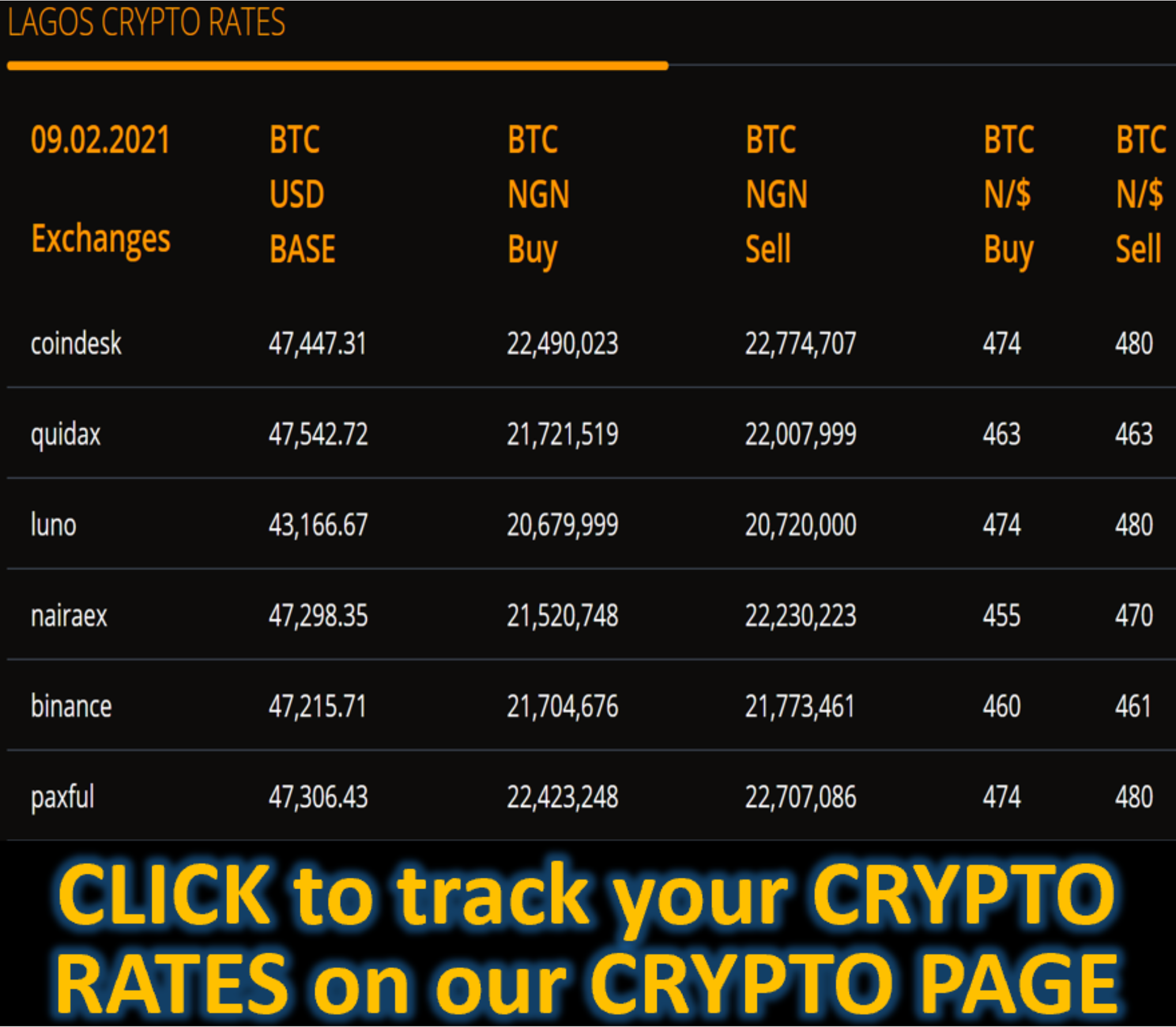Market News
Yen Weakens to 155 Against Dollar, Raising Intervention Risk - BLOOMBERG
(Bloomberg) -- The yen weakened beyond 155 per dollar for the first time since July, raising the risk that Japan will enter the currency market to try to slow the depreciation.
The Japanese currency slid as much as 0.4% to 155.15 against the dollar, extending its losses after Donald Trump was reelected as US president. The surge in Treasury yields is weighing on the yen, with the two-year yield reaching its highest level since July.
The drop has taken the yen near levels when Japanese authorities last intervened to prop up its currency, with the nation’s top foreign exchange official warning about the one-sided, sudden moves. The minimum forecast of the yen that may trigger intervention was 150 against the dollar, with the median at 160, according to a survey of 53 economists carried out by Bloomberg last month.
“Depending on what we get out of US CPI, PPI and retail sales, we may see dollar-yen grinding up quite quickly if the Ministry of Finance does not verbally intervene,” said Shoki Omori, chief Japan desk strategist at Mizuho Securities Co. in Tokyo.
Trump’s expansionary and inflationary economic policy may make the Federal Reserve less willing to lower interest rates. That could further weaken the yen as the market questions the pace for further narrowing of the interest-rate gap between Japan and the US.
The government has kept traders on their toes about when they will next intervene in the currency. This year, Japan spent a record ¥9.8 trillion ($63 billion) during interventions in late April and early May, and another ¥5.5 trillion in early July after the yen reached its weakest since 1986.
Persistent weakness in the yen may also prompt the Bank of Japan to consider raising interest rates sooner than expected. BOJ Governor Kazuo Ueda acknowledged at a news conference in October that foreign-exchange rates have been impacting price trends in Japan.
“The yen could potentially touch 158 by year-end if the BOJ does not hike rates and the Fed is less dovish,” Omori said.
Traders now see an almost 50% chance of the BOJ lifting rates at its December policy meeting, according to overnight index swaps. The central bank’s July rate hike was 80-90% motivated by weakness in the yen, according to former executive director of the BOJ Kazuo Momma.
The Federal Reserve’s rate cut path also remains uncertain. Minneapolis Fed President Neel Kashkari said a surprise in the inflation data today could derail a December cut. That data point will also be key for yen watchers.
“The Fed may try to be slightly aggressive on rate cuts for now even if the inflation print today is somewhat higher than expected,” said Charu Chanana, chief investment strategist at Saxo Markets in Singapore. “This could limit the room for near-term pressures on the yen, but the risk-reward remains tilted to the downside given the likely higher Fed terminal rate and a slower pace of BOJ normalization.”
--With assistance from Masaki Kondo.
(Updates with comments, additional US rate context)









